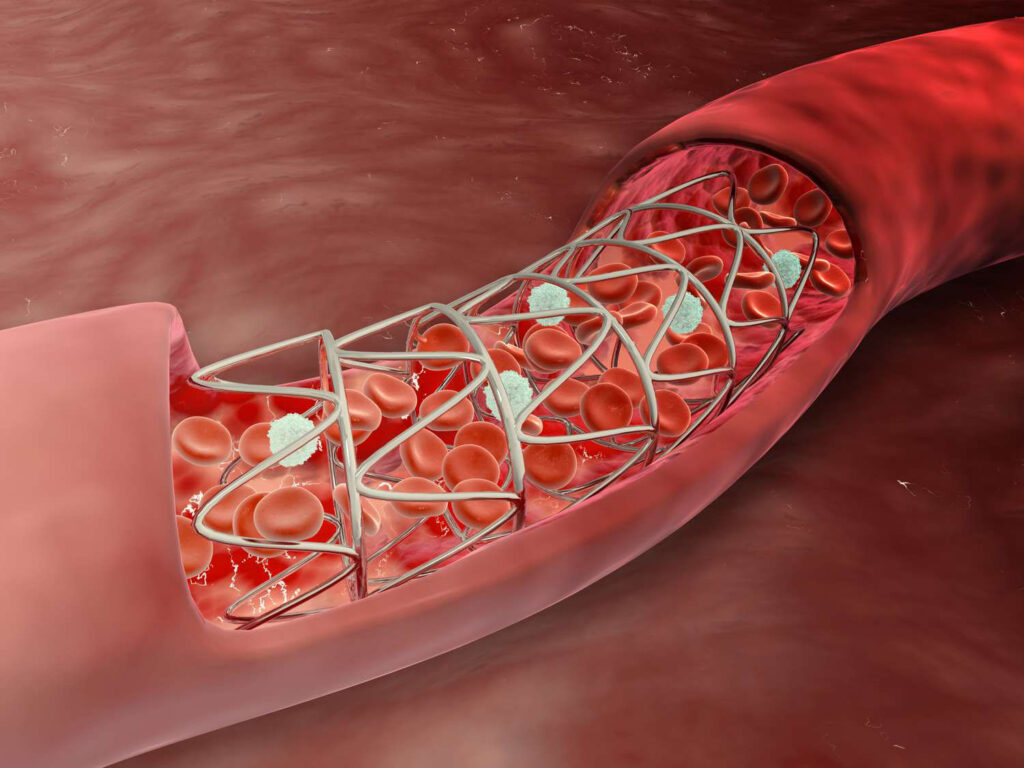
Colonic Stents Canada
In the ever-evolving landscape of medical technology, innovations continue to redefine the way we approach and treat gastrointestinal disorders. Colonic stents, specifically the Niti-S™ Self-Expandable Metal Stents, have emerged as a game-changer in the field, offering a minimally invasive solution for the management of colorectal obstructions. This article delves into the intricacies of colonic stents, focusing on the design, benefits, applications, and the impact of Niti-S™ in advancing patient care.
Understanding Colonic Stents
Colonic stents are medical devices designed to alleviate colorectal obstructions caused by various factors such as colorectal cancer, strictures, or other gastrointestinal conditions. These stents provide a non-surgical alternative, allowing for the restoration of bowel patency and the relief of symptoms associated with obstruction.
The Niti-S™ Self-Expandable Metal Stents, in particular, represent a significant leap forward in the field of colonic stenting. Their self-expanding nature is a key feature, as it enables the stent to be delivered through a minimally invasive approach, often avoiding the need for immediate surgery. This aspect not only reduces the invasiveness of the procedure but also contributes to faster recovery times for patients.
Design and Composition of Niti-S™ Stents
Niti-S™ stents are constructed from nitinol, a nickel-titanium alloy known for its unique properties, including superelasticity and shape memory. This allows the stent to be compressed for insertion through a catheter and then deployed to its original shape once in place. The use of nitinol in the design of Niti-S™ stents ensures optimal flexibility, radial strength, and conformity to the colonic anatomy.
The stent itself consists of a tubular framework with a mesh-like structure, allowing it to expand and exert outward pressure on the obstructed area, effectively restoring the patency of the bowel. The deployment process is carefully controlled, ensuring precise placement and minimizing the risk of complications.
Benefits of Niti-S™ Self-Expandable Metal Stents
- Minimally Invasive Procedure: The deployment of Niti-S™ stents is typically performed endoscopically, avoiding the need for open surgery. This minimally invasive approach leads to reduced trauma, shorter hospital stays, and quicker recovery times for patients.
- Customizable Sizing: Niti-S™ stents are available in various diameters and lengths, allowing for a personalized approach to each patient’s unique anatomy. This customization enhances the precision of stent placement, optimizing outcomes and patient comfort.
- Immediate Symptomatic Relief: Colorectal obstructions often cause distressing symptoms such as abdominal pain, bloating, and constipation. Niti-S™ stents provide rapid relief by restoring bowel patency, alleviating symptoms almost immediately after deployment.
- Bridge to Surgery or Palliative Care: Niti-S™ stents can serve as a temporary bridge to surgery, allowing patients to stabilize before undergoing definitive surgical intervention. In cases where surgery is not a viable option, such as in palliative care situations, the stents provide a valuable long-term solution.
Applications of Niti-S™ Self-Expandable Metal Stents
- Colorectal Cancer Management: Colorectal cancer is a leading cause of colonic obstructions. Niti-S™ stents play a crucial role in managing these obstructions, offering a bridge to surgery or palliative relief, depending on the patient’s condition.
- Inflammatory Bowel Disease (IBD): Patients with inflammatory bowel diseases, such as Crohn’s disease, may experience strictures that impede the normal passage of stool. Niti-S™ stents provide an effective means of addressing these strictures, improving the quality of life for individuals with chronic gastrointestinal conditions.
- Postoperative Complications: In some cases, patients may develop strictures or obstructions after colorectal surgery. Niti-S™ stents can be employed to manage these complications, avoiding the need for further surgery and minimizing the associated risks.
- Radiation-Induced Strictures: Patients who have undergone pelvic radiation therapy may develop strictures in the colon. Niti-S™ stents offer a minimally invasive solution for addressing these radiation-induced complications, improving patient outcomes and reducing the need for additional surgeries.
Challenges and Considerations
While Niti-S™ Self-Expandable Metal Stents have proven to be highly effective in the management of colonic obstructions, certain challenges and considerations exist:
- Risk of Migration: Stent migration can occur, leading to the displacement of the stent from its intended position. While advancements in stent design have reduced this risk, careful patient selection and monitoring are essential to mitigate potential complications.
- Tissue Perforation: The deployment of colonic stents carries a small risk of perforation, especially in cases where the obstruction is associated with tumor infiltration. Careful assessment of the patient’s anatomy and condition is crucial to minimize the risk of complications.
- Stent Patency and Long-Term Outcomes: The long-term patency of colonic stents, including Niti-S™, is an area of ongoing research. Understanding the factors influencing stent patency and exploring strategies to enhance long-term outcomes remain important considerations in the field.
Conclusion
Niti-S™ Self-Expandable Metal Stents represent a significant advancement in the field of colonic stenting, offering a minimally invasive and highly effective solution for the management of colorectal obstructions. The unique properties of nitinol, coupled with the customizable design of Niti-S™ stents, contribute to improved patient outcomes and enhanced flexibility for healthcare providers.
As the landscape of gastrointestinal interventions continues to evolve, ongoing research and clinical experience with Niti-S™ stents will further refine our understanding of their applications, limitations, and long-term efficacy. The continued collaboration between medical professionals, researchers, and industry stakeholders will undoubtedly drive further innovations, ultimately benefiting patients facing colonic obstructions and related conditions.
